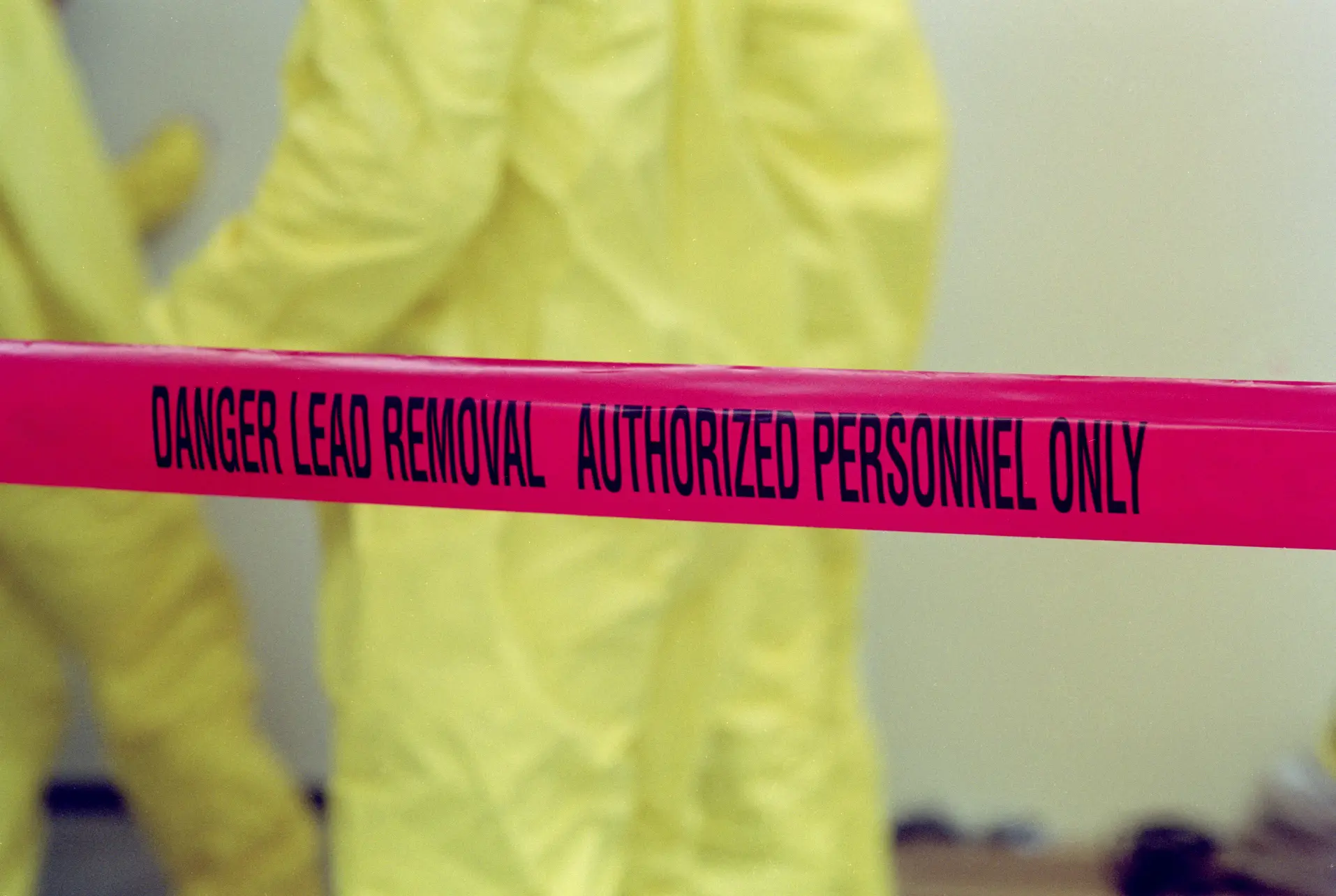
The Importance of Lead Paint Removal
Lead paint removal is immensely important to take care of your well-being. Lead is found in a number of sources and perhaps the most common and biggest source of lead is found in lead-based paint. The remnants of lead can be found on the doors, windows, kitchen cabinets, gutters, and metal fiasco inside homes or other places constructed before or during the 1970s.
Although it is at times a bit difficult to detect the content of lead in paints, still a little test can easily let you know the extent of the lead present and also the contamination rate.
Lead Poisoning – Why Lead Paint Removal is Important?
Lead poisoning is fatal and often found among humans and children. Children may end up swallowing small bits of paint and soil contaminated with lead poisoning while playing outdoors.
A few symptoms of lead poisoning in children and adults are as follows –
- Difficulty in learning
- Irritability
- Weight loss
- Vomiting
- Loss of appetite
- Constipation
- Seizures
- Delay in development
Pets usually show lead poisoning symptoms even before humans. A general vet checkup can make you and the other members of your family aware of lead poisoning.
Lead Paint Removal for Health and Safety
To ascertain the content of lead inside the household, check the surfaces and layers of paint to determine if it at all contains lead. There are test kits available in the market, but the results are not always 100% authentic.
Hire an EPA (Environment Protection Agency) technician who is well-trained and knows the exact methods to test your house for the severity of lead contamination.
Safety Measures:
Before you start cleaning your house, make sure you remove all the furniture and cover the carpet with plastic and duct tape. Additionally, close all the doors and windows so that the dust flakes do not go outside the house and cause airborne diseases.
- Keep the debris in a big container or disposable bags, or a groundsheet.
- Vacuum the area with a HEPA vacuum filter. Clean any traces of dust to restrict contamination.
- Never burn the debris. Children and pets should not come in contact with the working area.
Alternative Methods:
-
Removal by Fresh Paint
Painting over lead-based paint is a temporary solution. Scrap the area with wet-and-dry sandpaper and then apply the paint.
- Removal by Other Material
Lead-based paints can be covered with materials like aluminum cladding or other weatherboards. Use hard materials that won’t peel or chip. Seal the underlying gaps with plasterboards, vinyl coverings, and tiles.
- Removal Through Wet Scraping
Scraping a dry lead-contaminated wall may produce dust. Always wet the area to prevent the spread of flakes in and around the work area. Use protective gear like half-faced respirators with P2 filters. Discard the debris to avoid health hazards.
- Divide The Work
Work on the exterior portion before the interior. Use tarpaulin and plastic sheeting to restrict the flow of dust. Never work if it is too windy outside. Discard carpets exposed to dust and flakes. Clear the area with exhaust fans.
- Cleaning the Affected Area
Clean the entire area with a damp cloth for optimal protection. Wash the area with 25 grams of 5% of Trisodium Phosphate or (TSP) and mix it with hot water or sugar soap.
Call ECOS for Lead Paint Removal
The experienced professionals at ECOS Environment & Disaster Restoration have been trained for more than 18 years, catering to the needs of people residing in and around Colorado.
To know more about the effects of lead poisoning and to get rid of the same, you can check out our website at https://ecosenvironmental.com/lead-paint-removal/. We are there at your service 24×7.
Connect with us today!
***
